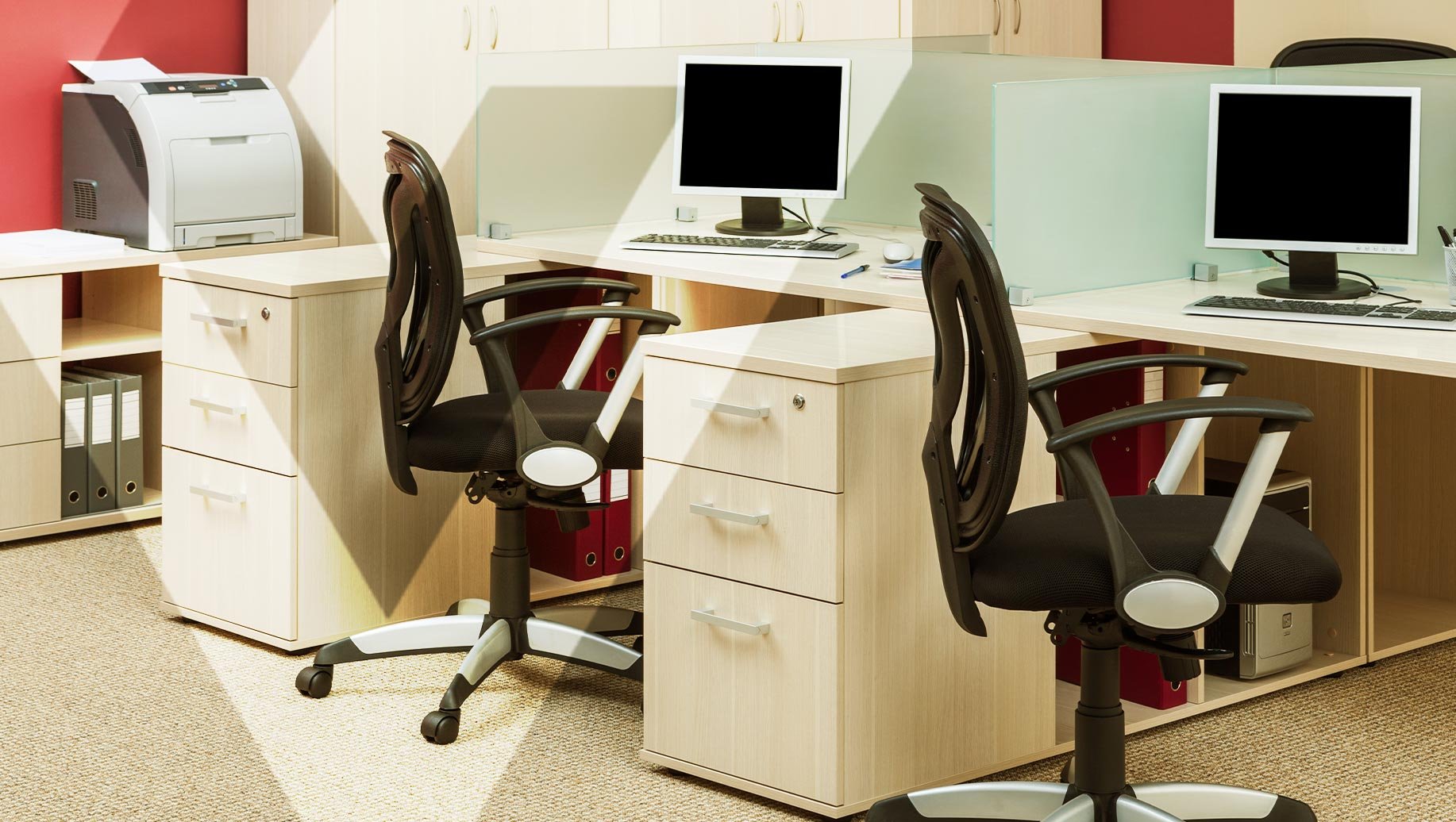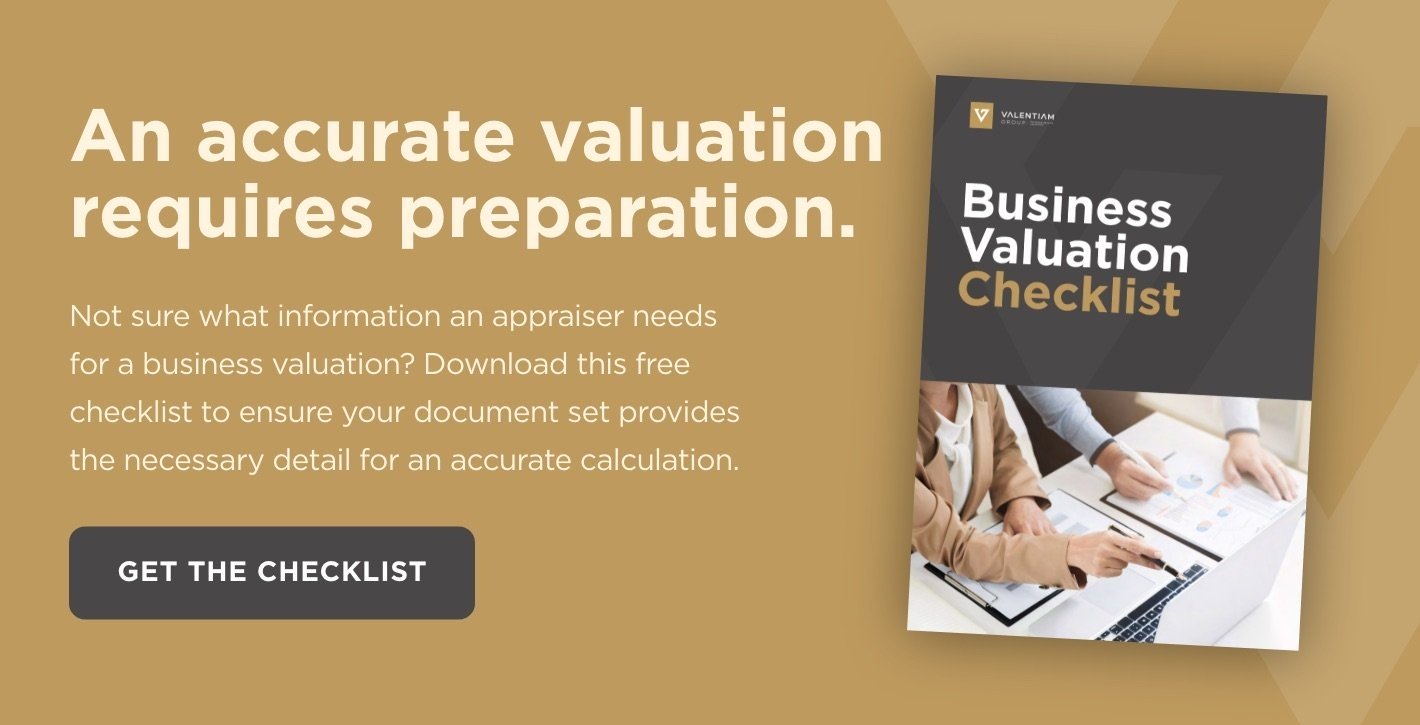Equipment Valuation: Everything You Need To Know
Posted by Valentiam Group on August 10, 2020

In the appraisal of business assets, equipment valuation is often required. Depending on the type of business, the Subject Company may have substantial equipment assets—manufacturing machinery, vehicles, tools, and other assets used in the company’s daily operations.
There are several reasons a company might need to have an equipment valuation performed. A value might need to be established for insurance purposes, or for a purchase or sale. Property tax assessments are based on current values, so a company might also seek periodic equipment valuations as equipment ages; depreciation may allow the company to reduce its tax assessment. (Tweet this!)
Valuing equipment is a three-step process that utilizes standard valuation approaches. In this article, we’ll examine how to value used equipment and the types of equipment appraisals.
Download our free Business Valuation Checklist to learn about the information needed to calculate an accurate, comprehensive valuation of your business assets.
The 3 Steps In Equipment Valuation
Regardless of the reason for the valuation, appraisers follow these three steps to determine the value of equipment:
-
Identify the equipment to be valued, and compile the relevant information for each piece, including the purchase date, purchase price, and the carrying value of the equipment on the balance sheet and accrued depreciation.
-
Apply the appropriate valuation method or methods. There are two methods useful for valuing equipment: the sales comparison approach (equivalent to the market approach) and the cost approach.
Using the sales comparison approach, the appraiser attempts to establish the current going rate for similar equipment by looking at dealer listings and auction prices and by talking to vendors, to get an idea of the likely selling price of the equipment in current condition. The obvious drawback to this approach is it requires a relatively active market to make comparisons. For equipment such as tractor trailer rigs, the market is likely to be active enough to establish value, but for specialized machinery, a different approach may be required.
The cost approach is the other method used for valuing equipment. In terms of how to determine fair market value of equipment, when using the cost approach, the appraiser determines what the current new replacement cost would be, and then makes adjustments to account for physical, functional, and economic obsolescence of the equipment being valued. For example, to arrive at the new replacement cost, the appraiser may look at the purchase price of the equipment, and then trend it up by the inflation index to arrive at what the equipment would cost if purchased new today. Then the adjustments for obsolescence are applied to arrive at current value.
The income approach is not used in equipment valuation because it is difficult to attribute cash flows to individual pieces of equipment.
-
Apply judgement to determine the value. If the market for the type of equipment being valued is reasonably active, the sales comparison approach will provide the most accurate value for the equipment. ASC 820 places the greatest weight on quoted prices in active markets for identical assets, so for a piece of equipment where there is an active market, the value derived through the sales comparison method is the default.
If the market is not active enough to provide a definitive value, then the cost approach should be applied. The value derived through the cost approach can be compared to the limited market data available, and the value may be determined by averaging the values yielded by the two types of equipment appraisals or via some other reasonable weighting approach.
Judgement is an important factor in arriving at the final value, because the appraiser must take into consideration other costs that a buyer would incur in the purchase of the equipment: The costs of disassembly, shipping, and re-assembly of large pieces of stationary equipment will affect value for a prospective buyer. In an active market, pricing reflects these costs. When the market is insufficiently active, these additional costs need to be taken into account when assigning value to equipment.
While equipment valuation uses some of the same basic valuation methods used in business valuation to determine values for business equipment, as noted above, good judgement on the part of the valuation specialist is also critical in establishing fair values for equipment. A seasoned valuation professional will have the experience to apply the proper valuation methods and make the proper adjustments to determine a defensible value for your equipment assets.
Need help determining the value of your equipment?
Valentiam has helped companies in a variety of industries attain accurate enterprise and asset valuations. We have extensive experience in the application of all valuation methods for a broad range of businesses and situations. Our valuation and transfer pricing specialists have worked with some of the largest companies in the world.
Contact us to see how we can help your company with your valuation and transfer pricing needs.
Topics: Business valuation
Related Posts
EBITDA Multiples By Industry: An Analysis
EBITDA multiples by industry indicate growth, profitability, and stability of profits in various sectors—and are a quick and easy way to estimate value.
Valuation Methods: A Guide
Different types of business valuation methods are suited to specific needs. Here are the three primary types of valuation techniques and when they should be used.


